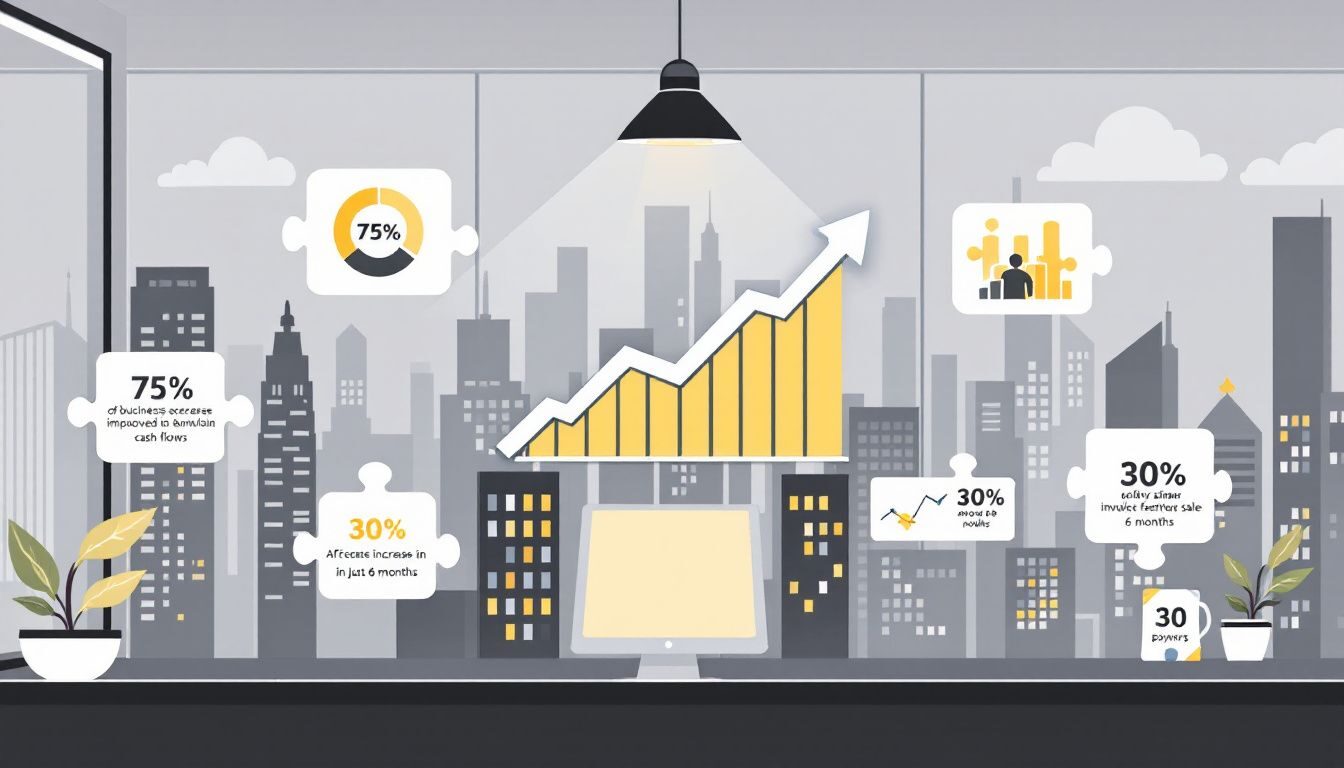Commodity investing offers intriguing opportunities for diversifying your portfolio and capitalizing on market trends. However, the key to successful commodity investment selection lies in making informed choices about which assets to invest in. With various types of commodities available, ranging from precious metals to agricultural products, choosing the right commodity assets requires careful consideration and strategic planning. This article provides insights into how to navigate the complexities of selecting profitable commodities and making strategic asset choices in commodities.
Understanding Commodity Categories
The first step in choosing the right commodity assets is understanding the different categories of commodities. Commodities are generally divided into four main categories: energy, metals, agricultural products, and livestock. Each category has distinct characteristics, risks, and investment potential.
- Energy commodities, such as oil and natural gas, are highly sensitive to geopolitical events and changes in supply and demand dynamics. These commodities can offer high returns but come with significant volatility.
- Metals like gold, silver, and copper are often viewed as safe-haven assets or industrial resources. Gold, for example, is traditionally used as a hedge against inflation and economic uncertainty.
- Agricultural products include crops like wheat, corn, and soybeans. These commodities can be influenced by weather patterns, seasonal cycles, and global demand for food products.
- Livestock, including cattle and hogs, are affected by changes in feed prices, health conditions, and consumer demand for meat.
Understanding these categories will help you better align your investments with your financial goals and risk tolerance.
Analyzing Market Trends
To make informed decisions about commodity investment selection, it’s crucial to analyze market trends. Market trends can be driven by various factors, including economic indicators, geopolitical events, and technological advancements.
- Economic indicators, such as GDP growth, inflation rates, and interest rates, can provide insights into commodity demand. For instance, strong economic growth often leads to increased industrial activity, boosting demand for metals and energy commodities.
- Geopolitical events like conflicts, trade wars, and policy changes can impact commodity prices. Political instability in oil-producing regions, for example, can lead to spikes in crude oil prices.
- Technological advancements can influence supply and demand dynamics. Innovations in fracking technology, for instance, have increased the supply of natural gas, affecting its market price.
By staying informed about these trends, you can better anticipate market movements and make strategic asset choices in commodities.
Evaluating Supply and Demand Dynamics
The core of selecting profitable commodities lies in evaluating the supply and demand dynamics of each commodity. Supply and demand fundamentals play a significant role in determining price fluctuations and investment potential.
- Supply factors include production levels, extraction costs, and availability of resources. For example, a major discovery of oil reserves can increase supply and potentially lower prices.
- Demand factors encompass consumer needs, industrial usage, and global consumption patterns. High demand for a particular metal used in electronics can drive up prices and create investment opportunities.
By understanding these dynamics, you can make more informed decisions about which commodities are likely to perform well in the future.
Diversifying Your Commodity Portfolio
Diversification is a crucial strategy in commodity investing to mitigate risk and enhance potential returns. Rather than concentrating your investments in a single commodity, consider spreading your investments across different categories.
For example, combining investments in energy commodities with precious metals can provide a balance between high-risk, high-reward assets and more stable, conservative investments. Agricultural products and livestock can offer additional diversification benefits, depending on market conditions.
By diversifying your portfolio, you can reduce the impact of adverse price movements in any one commodity and create a more resilient investment strategy.
Leveraging Expert Insights and Tools
To optimize your commodity investment strategy, leverage expert insights and tools. Financial analysts and market experts often provide valuable forecasts and analyses that can guide your investment decisions.
- Research reports and market analyses can offer detailed insights into commodity price trends, supply and demand forecasts, and potential investment opportunities.
- Investment tools such as commodity trading platforms, analytical software, and financial calculators can help you assess potential returns and manage risks effectively.
Utilizing these resources can enhance your ability to make informed decisions and improve your overall investment strategy.
Conclusion
Navigating the world of commodity investing involves understanding various asset categories, analyzing market trends, evaluating supply and demand dynamics, diversifying your portfolio, and leveraging expert insights. By focusing on choosing the right commodity assets and employing a strategic approach, you can enhance your chances of success in the dynamic commodity markets. Stay informed, analyze carefully, and make strategic asset choices in commodities to optimize your investment outcomes and achieve your financial goals.

